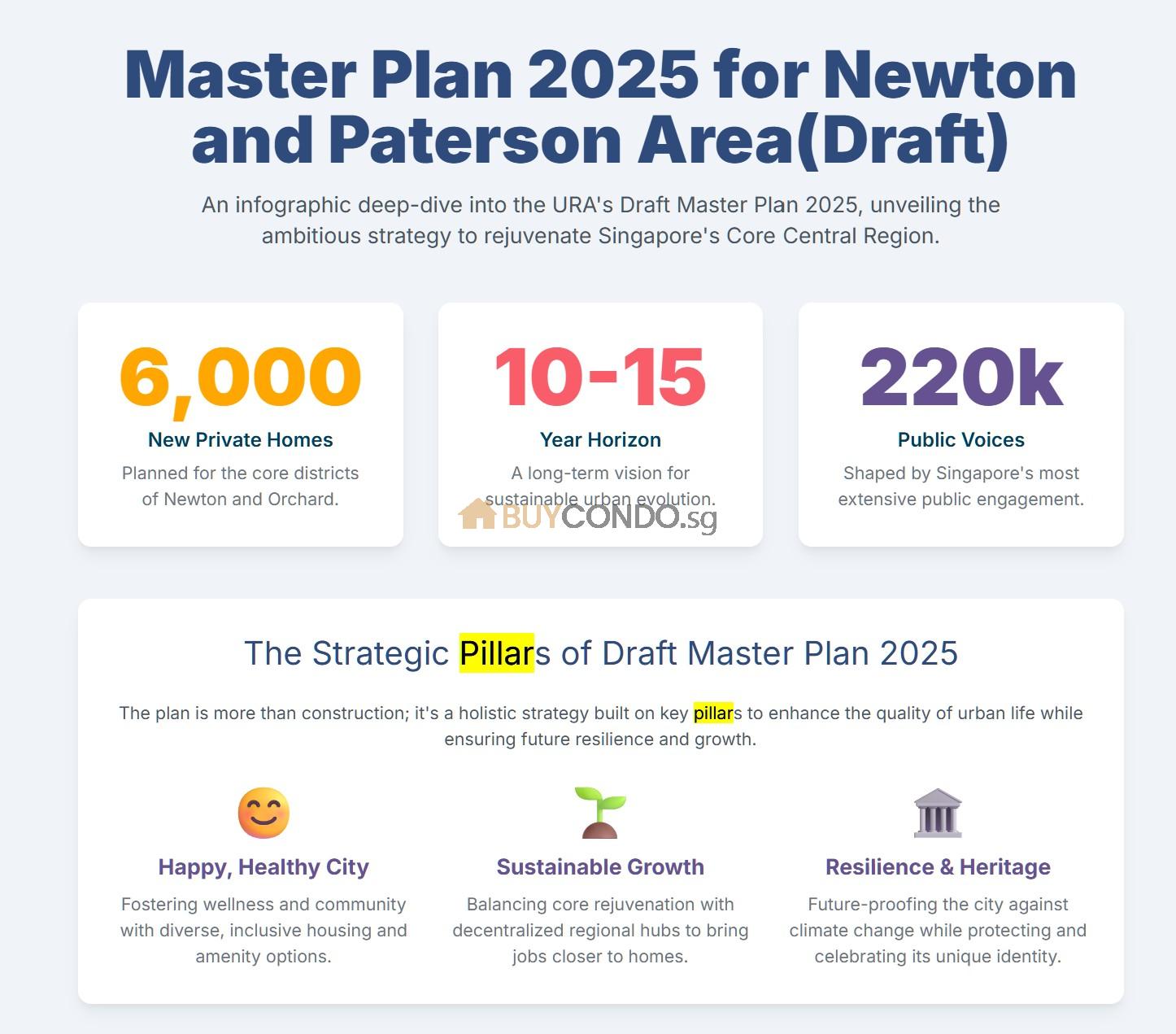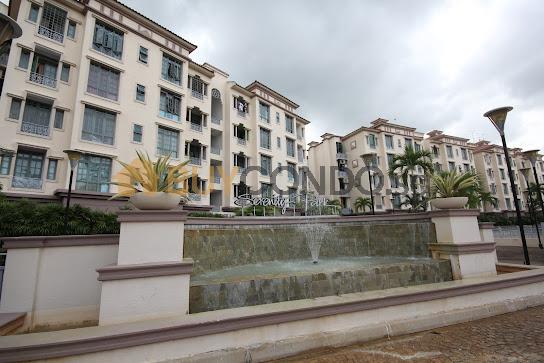Pricing strategies for selling condos in Singapore
As someone who’s navigated the fast-paced and formidable Singaporean condo market, I understand the critical nature of employing effective condo pricing strategies. The journey begins with a price tag, a numerical representation that could spell success or herald a standstill. Pricing strategies for selling condos in Singapore, when executed with prowess, turn market analysis into a magnetic pull for buyers. Singapore condo pricing strategies are not about setting figures on a whim; they demand a blend of insight and finesse that resonate with an audience seeking their dream dwellings.
Key Takeaways : Pricing strategies for selling condos in Singapore
- Understanding market dynamics is essential for setting attractive yet profitable pricing.
- Strategic deployment of discounts and special phases can create a strong sales momentum.
- Unit size and layout significantly dictate the pricing hierarchy within the condominium market.
- Accurate market analysis can prevent overpricing or underpricing, ensuring a competitive edge.
- Employing a data-driven approach aids in aligning with buyer expectations and financial trends.
- Insight into developer tactics and bank-developer relationships can optimize pricing decisions.
- Highlighting a condo’s unique selling points is crucial in justifying the price and captivating buyers.
Deciphering Developer Pricing Tactics for New Launch Condos
Grasping the intricacies behind developer pricing tactics for new condominiums in Singapore is no simple feat. The market is rife with strategies to optimize sales and drive interest among potential buyers. From early bird discounts to exclusive VVIP launches, developers have their unique ways of launching their projects.
Early Bird Discounts and Their Impact on Momentum
Early bird discounts are a cornerstone in condo pricing tactics. These discounts not only incentivize buyers to act swiftly but also help developers create a buzz around their new launch. Typically, these discounts range between 5% to 15%, and they’re particularly effective during the soft launch phase, where gaining sales momentum is critical.
Buying during this phase can be very advantageous. Locking in a unit at a reduced price can spell significant returns in the future, as condos generally appreciate post-launch. Developers count on this early influx of buyers to set the pace for subsequent pricing strategies.
Invite-Only VVIP Phases and Their Perceived Value
A step further in the tactical arsenal is the VVIP launch, an invite-only phase offering the crème de la crème of condos to a selective audience. This strategy targets a mix of previous clients, high-profile individuals, and seasoned investors. Such exclusivity elevates the project’s prestige and inflates the perceived value of the properties on offer.
However, access to VVIP phases is not as restricted as it may appear. By Contacting any property agents can grant potential buyers entry into invite during the preview window period.
Understanding Phased Launches and Resale Potential
Developers keen on gauging buyer reactions and the broader market sentiment often resort to phased launches. This approach allows them to respond to feedback and adapt their pricing strategy for future phases. A classic example is when a project does not perform as expected during initial release; developers may lower prices to rekindle interest.
For investors, understanding the implications of these phased launches on the resale potential is paramount. An initial high buying price might not translate to proportional gains if the development later drops prices to boost sales.
Interestingly, price adjustments are not purely reactive. Developers also use them proactively during soft launches to create differentiated pricing tiers. Often, higher floors will fetch a premium over lower ones, influencing buyer choice based on views, floor plans, and personal preferences.

Price Adjustments During Soft Launches
Soft launches are instrumental in setting the tone of the pricing narrative. Developers have the power to revise prices based on live market data and feedback. Higher-tier floors may enjoy initial price hikes, as seen in notable developments like The Penrose, where buyers are willing to pay more for the added altitude and potential views.
In these early phases, fine-tuning prices can significantly attract the right kind of investor or end-user—all while sustaining the development’s premium aura in a competitive market landscape.
| Pricing Strategy | Description | Impact on Buyer |
|---|---|---|
| Early Bird Discounts | Discounts offered during initial soft launch phase to stimulate sales | Potential for immediate equity and future gains |
| VVIP Launches | Exclusive, invite-only sales events for a select clientele | Access to premium units and a sense of exclusivity |
| Phased Launches | Staggered release of units to market, adjusting to feedback and demand | Reassessment of investment based on market trends and pricing shifts |
| Floor-Based Price Adjustments | Price variations depending on the floor level’s desirability | Choice between affordability and desirable features such as view |
In unraveling the layers behind condo pricing tactics in Singapore, it is evident that both early bird discounts and VVIP launches serve dual purposes. They not only dictate project momentum but also shape the long-term perception and valuation of a property. Whether it is through meticulous observation of phased launches or strategic soft launch price adjustments, my aim here is to empower you with the knowledge to make informed decisions when navigating Singapore’s vibrant condo market.
The Influence of Unit Size and Layout on Pricing
When delving into condo pricing in Singapore, I find that the dimensions and configuration of a unit serve as critical determinants of its price tag. It becomes evident that unit size pricing and the layout impact on condo pricing are variables that buyers and sellers alike cannot afford to overlook.
Consistently, smaller residential spaces command a higher price per square foot, a phenomenon keenly observed in new developments. For instance, developments like The M at Middle Road have highlighted the trend with their ‘shoebox’ units. These compact spaces offer a lower overall cost due to their size, catering to buyers who prefer a more modest quantum. However, the scalability of these units can pose a challenge in the long-term, especially when considering the evolving needs of growing families or the viability of shared living arrangements.
It’s noteworthy, though, how sometimes, the script is flipped. Despite the general trend, certain larger units have bucked the norm, labeled with a higher price per square foot owing to scarce, desirable attributes or a surge in demand for more spacious dwellings. This was the case at the launch of Fourth Avenue Residences, revealing the pliability of pricing strategies for real estate in Singapore in response to immediate market currents.
- Smaller units often tout higher prices per square foot, making them an attractive proposition for certain market segments.
- The resale potential of diminutive units can be hindered by limited appeal to a more extensive demographic spectrum.
- Occasionally, unique or in-demand larger units may fetch higher per square foot rates, illustrating market-driven pricing exceptions.
My insight into the realm of real estate firmly places condo pricing in Singapore as a multifaceted entity, with unit size pricing and layout being potent forces at play. These factors, which can be as influential as location and amenities, necessitate a nuanced approach to pricing strategy, an approach that molds itself to the contours of the ever-evolving Singaporean condo market landscape.
Assessing Market Dynamics and Their Effects on Condo Pricing in Singapore
As a well-informed industry professional, I recognize that Singapore condo pricing strategies must adapt to shifting market dynamics in real estate pricing. These fluctuations are reflections of broader economic forces, presenting an intricate tapestry for analysts and investors alike. Today, we’ll delve into how these dynamics impact condo pricing, with a focus on key economic indicators and a methodical comparative market analysis.

The Role of Economic Indicators on Real Estate Values
Economic indicators are the pulse of the real estate market, dictating the tempo at which property values ascend or descend. Consumer confidence, often seen as a harbinger of market health, greatly influences buying power and demand. Interest rates, another crucial economic measure, play a significant role in dictating mortgage affordability, inevitably swaying buyer decisions. Supply and demand balance is the ultimate force that directly determines the trajectory of pricing strategies. By keeping my finger on the pulse of these economic indicators, I ensure my clients are well-equipped to make strategic decisions.
Comparative Market Analysis for Setting Competitive Prices
A comparative market analysis is integral to my approach; it’s the compass that guides sellers to the right pricing structure. By examining recently sold properties in similar developments, a robust understanding of a condo’s competitive worth emerges. This analysis not only ensures that a property is neither overpriced nor underpriced but also highlights how distinct attributes can drive compelling sales narratives. It’s about finding the sweet spot where price meets market expectation, a strategy that requires precision and insight.
In concluding my analysis, I can affirm that the intersection of economic indicators and comparative market analysis forms the foundation of my Singapore condo pricing strategies. It ensures that my clients edge out the competition, capitalizing on the ever-evolving market dynamics in real estate pricing.
Maximizing Profit Margins Through Strategic Pricing
In the realm of Singapore’s bustling real estate market, establishing effective condo pricing strategies plays a critical role in securing healthy profit margins from new launches to resale units. I have observed developers meticulously orchestrate the ascent of property values, particularly in new developments, capitalizing on the opportunity to adjust prices in concert with the gradual increment of bank valuations. This method not just safeguards the value of the developments but also ensures that developers meet critical financial benchmarks like the anticipated sales quota within the first few months post-launch.
I have taken note of the delicate balancing act performed at the onset of selling condos in Singapore, where developers establish initial prices close to the cost line to mitigate the potential negative impacts that steep early discounts could have on their brand’s market perception. By maintaining this baseline and then gradually introducing price hikes, they craft a trajectory of competitive condo pricing that is both attractive to potential buyers and advantageous to their bottom line—examples such as Kingsford Waterbay are a testament to this approach.
It is clear that in the resale arena, the valuation slope is more gradual, showcasing a different aspect of the maximizing profit margins equation and hinting at the unique benefits found in investing directly in new developments. Developers’ strategic choices—informed by bank policies, the intricacies of buyer financing options, and broad market trends—unquestionably demonstrate a shrewd approach to cultivating a profitable and resilient portfolio. My experiences underscore the cruciality of these pillars when aiming to achieve and sustain success in the ever-competitive Singapore condo market.
FAQ
How do early bird discounts influence the sales momentum for new launch condos?
Early bird discounts are used to create an initial buzz and drive sales momentum. They are typically offered during the soft launch phase and can range from 5% to 15%, making them an attractive proposition for buyers as it allows them to purchase at below the expected market price, which can lead to potential gains when the property appreciates over time.
What is the purpose of invite-only VVIP phases in condo sales?
Invite-only VVIP phases are designed to reward past customers, property investors, and those within the developers’ networks with an exclusive opportunity to purchase units before the general public. This strategy aims to secure early sales and create a perception of demand and exclusivity, although with the right contacts, these phases are not as exclusive as they may seem.
Can you explain what phased launches are and how they can affect a condo’s resale potential?
Phased launches allow developers to release units in stages, typically testing the market’s receptiveness with an initial launch followed by subsequent phases at potentially higher prices. This strategy enables developers to adjust pricing based on demand and take advantage of market conditions. However, it’s important to note that buying early doesn’t always guarantee the best discounts, as market dynamics can lead to price adjustments down the line, which in turn can impact a condo’s resale potential.
How are prices adjusted during the soft launch of a condo and what factors contribute to this?
During a soft launch, developers might initially price units slightly lower to attract early buyers and generate sales. Factors contributing to price adjustments include the response from buyers during the early phases, the performance of the overall property market, and the location and attributes of the condo project itself. Prices may also vary depending on floor level, with higher floors commanding higher prices.
What role does unit size and layout play in condo pricing in Singapore?
Unit size and layout significantly influence the pricing in the Singapore condo market. Smaller units often come with a higher price per square foot but have a lower overall cost, which can be attractive to certain buyer demographics. However, they may also come with limitations regarding resale and rentability, especially concerning marketability to families and the opportunity for roommate rentals. In contrast, larger units usually have a lower price per square foot, but the total cost is higher, appealing to another segment of buyers.
How do economic indicators impact real estate values and condo pricing in Singapore?
Economic indicators such as consumer confidence, interest rates, and supply-demand principles strongly impact real estate values and condo pricing. High consumer confidence and low interest rates can encourage buying activity, pushing up prices. Conversely, decreased confidence and higher rates may lead to the market cooling. Developers and sellers need to be mindful of these factors when setting prices to remain competitive in the market.
What is the importance of a comparative market analysis in setting condo prices?
A comparative market analysis (CMA) involves examining the prices of similar properties that have been sold recently within the same area. This analysis is vital for sellers to price their condos competitively without underestimating the property’s value or risking pricing it too high and deterring potential buyers. A good CMA helps in finding the sweet spot that is in line with current market conditions.
How can strategic pricing maximize profit margins when selling condos in Singapore?
Strategic pricing entails setting prices that align with the market while also considering long-term profit margins. For developers launching new condos, this can mean setting initial prices close to the breakeven point and then increasing them progressively to grow part of the development’s value quickly and in line with bank valuations. For resale properties, it means understanding the steadier pace of appreciation and setting prices that reflect current market dynamics and the unique selling points of the condo to negotiate favorable deals.













